Picked up some NAPA 8822
Pyewacket
9 years ago
Related Stories
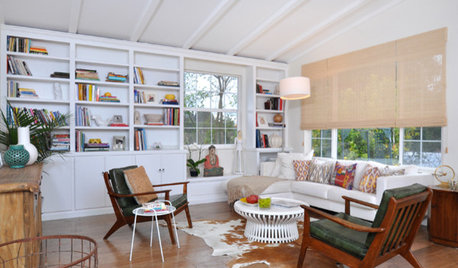
HOUZZ TOURSHouzz Tour: Scandinavian Modern Expanse in Napa
Personal art, custom fabrics and Helsinki living inspire a native California designer's home
Full Story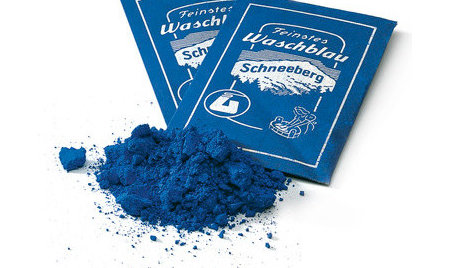
PRODUCT PICKSGuest Picks: Tools and Accessories for Inspired Spring Cleaning
You'll be happy to roll up your sleeves and get to work cleaning around the home with these accoutrements at the ready
Full Story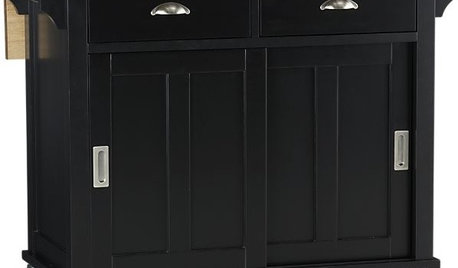
PRODUCT PICKSGuest Picks: 20 Easy-to-Add Kitchen Counter Spaces
Get more kitchen prep and storage space with islands, bar carts and sideboards — or even a folding cart for a tiny kitchen
Full Story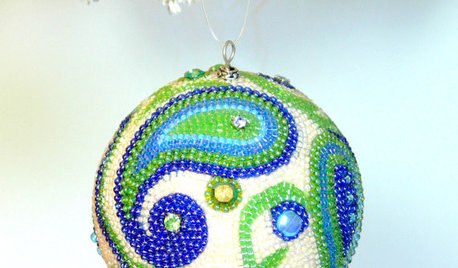
PRODUCT PICKSGuest Picks: I'll Have a Blue Christmas
With 20 decorations in shades of aqua, teal and turquoise, the holiday will be anything but glum
Full Story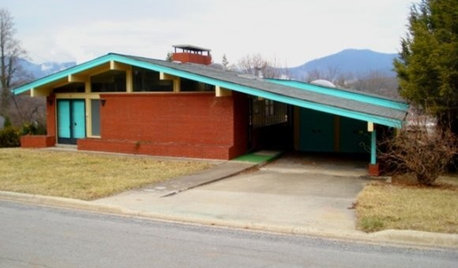
LIFEHouzz Call: Show Us the House You Grew Up In
Share a photo and story about your childhood home. Does it influence your design tastes today?
Full Story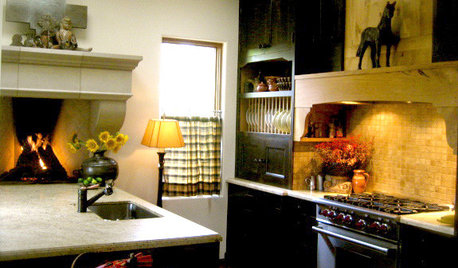
KITCHEN DESIGNKitchen of the Week: Warm Up By the Fire
Dark cabinetry, warm woods, and a counter-height hearth make this Portland kitchen special
Full Story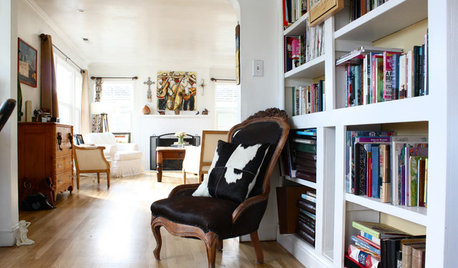
HOUZZ TOURSMy Houzz: Hodgepodge Happiness in a Santa Cruz Beach House
Flea market finds picked for love, no matching required, fill a 1950s home in coastal California
Full Story
Video Gift Guide: 43 Finds for a Festive Home Bar
Shake up a party-ready bar with gleaming accents, dashes of red and enough glasses for every lord a-leaping
Full Story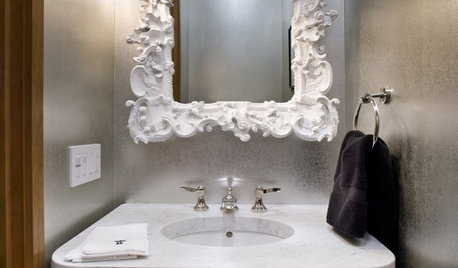
FUN HOUZZHere's Looking at You: A Mirror Personality Quiz
What does your bathroom mirror preference say about you? We offer some speculations to go with 11 very different mirror styles
Full Story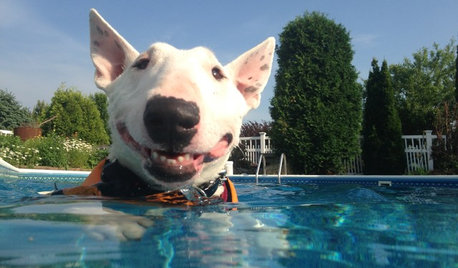
MOST POPULAR40 Dogs Who Are Having a Way Better Summer Than You
Houzzers share pics of their canine companions living it up — or getting down with relaxing — on warm days
Full Story







drew51 SE MI Z5b/6a
nil13
Related Professionals
Manorville Landscape Architects & Landscape Designers · Milwaukee Landscape Architects & Landscape Designers · Alexandria Landscape Contractors · Homewood Landscape Contractors · La Mirada Landscape Contractors · Mastic Beach Landscape Contractors · Suitland Landscape Contractors · Wailuku Landscape Contractors · Green Valley Solar Energy Systems · Hawaiian Gardens Window Contractors · Winnetka Window Contractors · Gardena Fence Contractors · Palm Harbor Fence Contractors · San Antonio Fence Contractors · Verona Fence Contractorsdrew51 SE MI Z5b/6a
PyewacketOriginal Author
drew51 SE MI Z5b/6a
PyewacketOriginal Author
tapla (mid-Michigan, USDA z5b-6a)
PyewacketOriginal Author
drew51 SE MI Z5b/6a
PyewacketOriginal Author
greenman28 NorCal 7b/8a
PyewacketOriginal Author
greenman28 NorCal 7b/8a
PyewacketOriginal Author
greenman28 NorCal 7b/8a
greenman28 NorCal 7b/8a
gregbradley
tapla (mid-Michigan, USDA z5b-6a)
PyewacketOriginal Author
seysonn
drew51 SE MI Z5b/6a
greenman28 NorCal 7b/8a